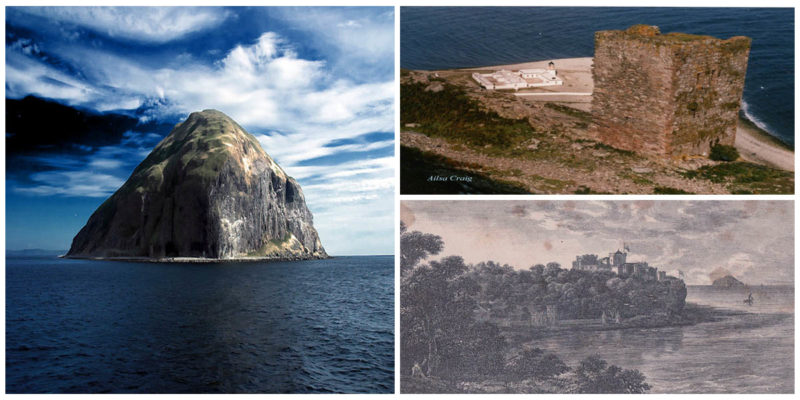Judging by the name alone one might get the wrong impression that this story is about a lady named Ailsa. When it comes to the name itself is a popular choice in Scotland. But the truth is that this tale is about an island 240 acres in size that stands some 10 miles of the coast of Scotland, in the Firth of Clyde.
An island filled with blue hone granite which was used in the making of curling stones. Among the earliest recorded mentions about this island was by Sir Donald Monro in the 16th century. He called this island “Elsay”. But according to the researchers, the name of this rock comes from the Gaelic “Aillse Creag”.
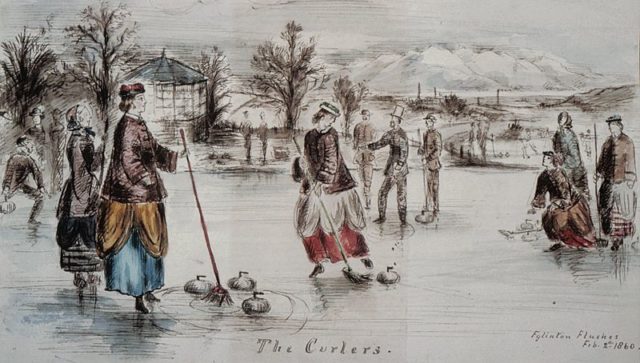
Another name that comes as the precursor of its modern name and that is “Creag Ealasaid” that once translated it means “The rock of Elizabeth“. Itself a famous landmark, the island has received different names (a great number of them) over the years.
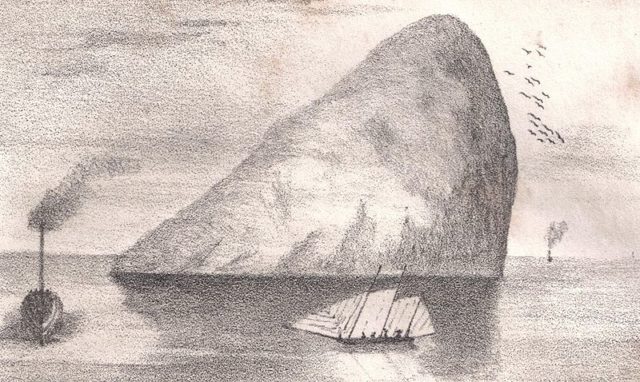
The island is mentioned countless times throughout history. Found on this island there is a tower house style castle known as Ailsa Castle that rises 39 feet into the air. It was erected during the 16th century on the east side of the rock built protect the island from attack by King Philip II of Spain.
The initial owners of the castle were the Clan Hamilton, evidence of which can looks like a distinct ‘V’ shaped cinquefoil carving in the stone of the castle which is symbolic of this clan.
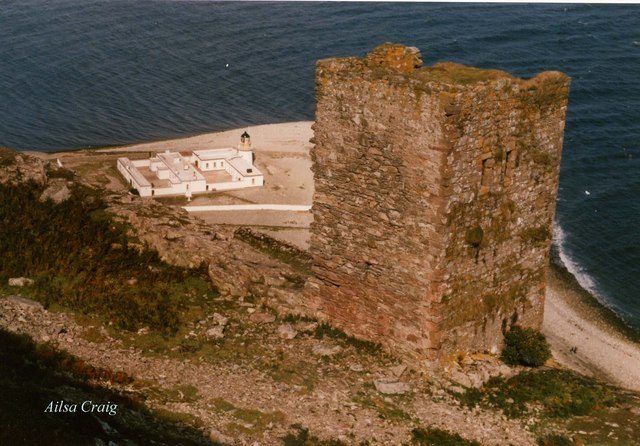
Ailsa Craig became the refuge of several prominent Roman Catholics during the Scottish Reformation, notably Lord Maxwell who came to this island in an attempt to dodge his hunters in 1587.
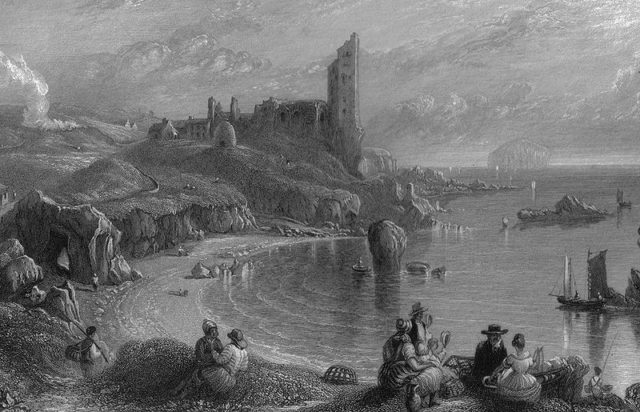
Needless to say, but he was caught. Sir Hugh Barclay of Kilbirnie, Laird of Ladyland, also fled here in 1597. Barclay assumed control of the island as a safe place for practicing the Catholic faith and as a strategic point to supply the ships of Catholic supporters from Ireland and Spain.
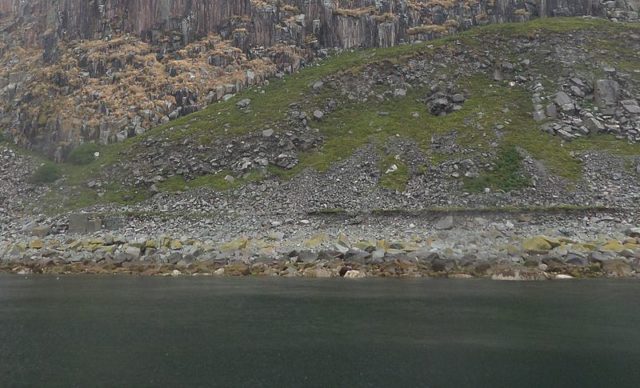
His plan failed for his hiding place was revealed by the Protestant reverend Andrew Knox. Barclay drowned in the water, the stories say, as he defended himself, others that he did so deliberately rather than be captured.
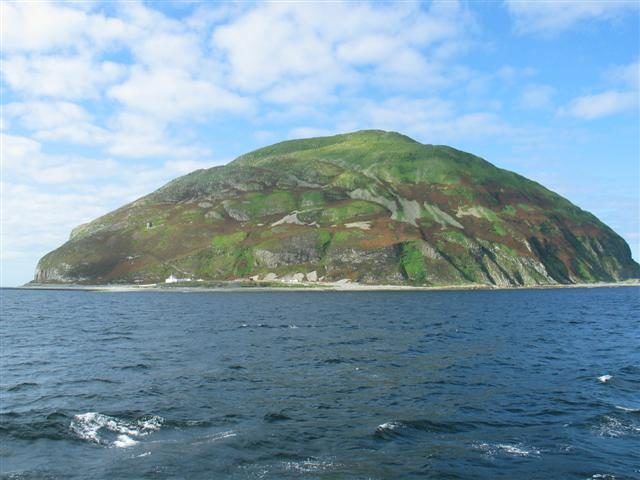
Others also found this island to be perfect for their own needs. For example during the 18th and 19th centuries, the island was used as a prison.
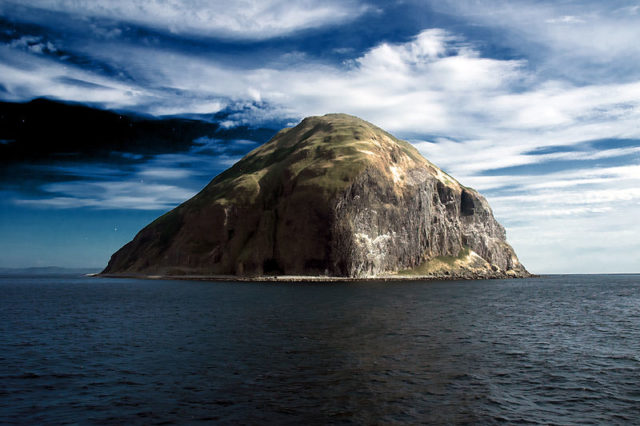
Throughout its history, Ailsa Craig mighthave been used for smuggling. On the south side of the island, 40 feet above water, is a cave that was most probably used by smugglers and carries the name of the infamous smuggler MacNall.
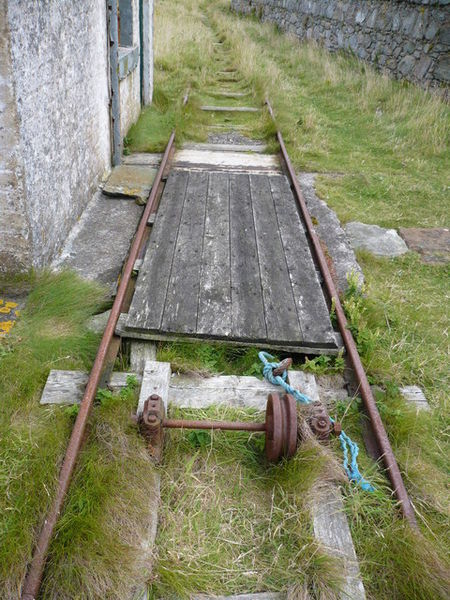
This island cave would have been perfect for hiding all sorts of goods. Upon cleaning the cave from the accumulated excrement of the sea birds who nest inside, there were two coffins made of stone. Inside them were human remains, believed to be MacNall, though no proof exists to back this claim.
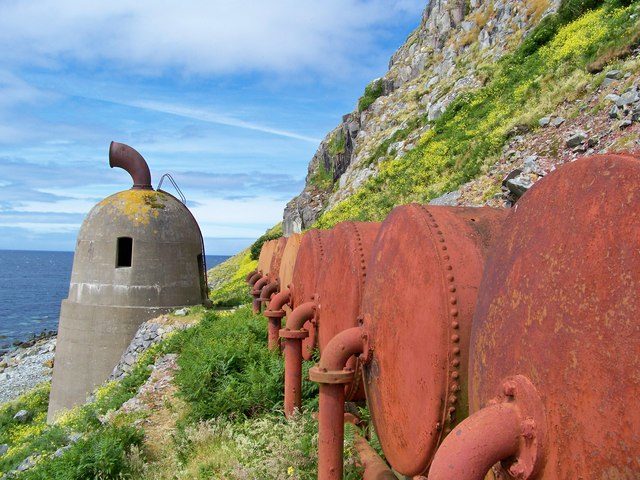
Further exploring of the island reveals two chapels. Thomas Pennant, writer and antiquarian who visited Aisla Craig in 1772, describes a chapel ruins that he stumbled upon close to his boat’s landing place, and another abandoned chapel found further up the island that is thought to have been used by sailors to pray for a safe journey. As any other isle found in the sea, so is this one equipped with a lighthouse. It was erected in 1883 by Thomas Stevenson.
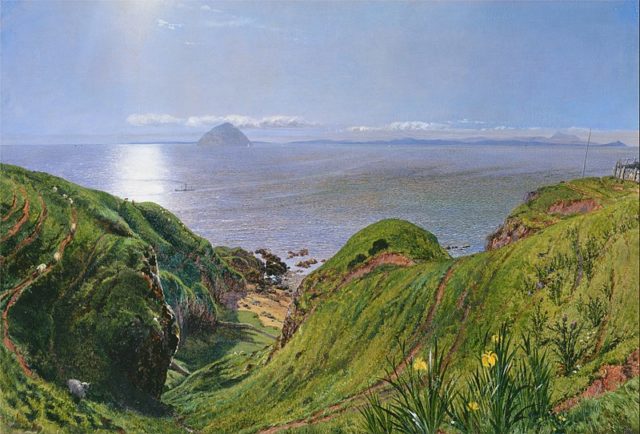
But back in the days when the lighthouse was still young, the island was equipped with a railroad that was used to transfer all of the needed oil, coal, and other supplies so that the lighthouse could function. Today it is protected as a Site of Special Scientific Interest and has since 2004 been a nature reserve managed by the Royal Society for the Protection of Birds.
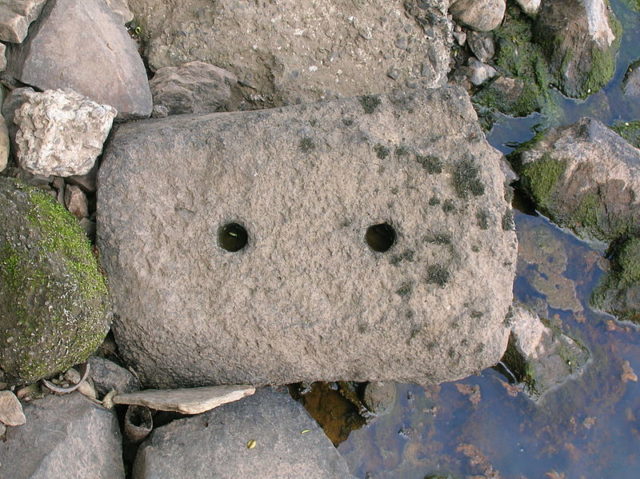
A part of the Ailsa Craig was purchased by Bobby Sandhu in the early 2000’s. His plans for developing a five-star hotel weren’t fulfilled and he later put the land back on the market. The remainder of the island was put up for sale by the eighth Marquess of Ailsa, Lord Charles Kennedy, in 2011 with an asking price of £2.5 million ($4 million), which was lowered to £1.5 million due to lack of interest. The title was inherited by his brother David after the death of Charles in January 2015. Ailsa Craig remains listed for sale with exclusive Real Estate consultants Frank Knight.
